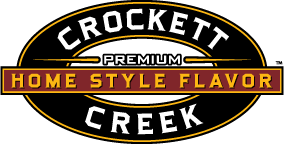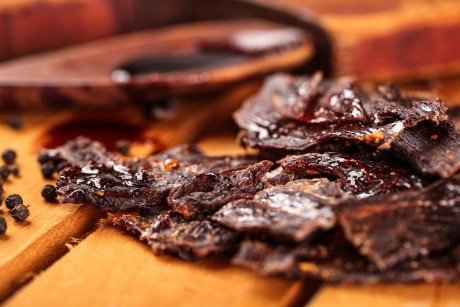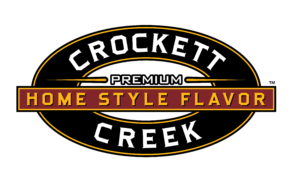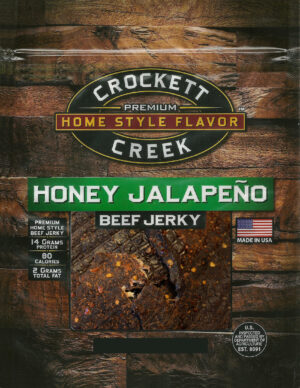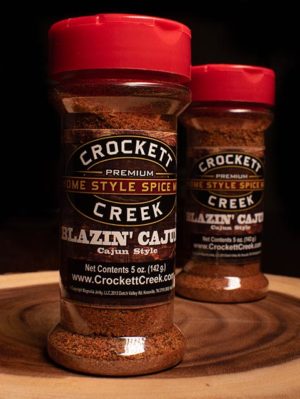It’s no secret that Americans have a long-standing love affair with beef jerky, but do you know where it all began? Would it surprise you to hear that Americans were not actually the first to love jerky? Let’s go through the history of this delicious snack and how it reached the hands of hungry Incans, Native Americans, and eventually other adventurers from all around the world. This is the history of beef jerky.
Beginning with the Incan Civilization
While the concept of drying and preserving meat was not a foreign idea from a world history perspective, it was first seen being practiced in North America as late as the 1500s. In fact, our word “jerky” comes from a Central American group known as the Incan Civilization. Their Quechan word “ch’arki” meant “dried meat” or “burning meat.” As you can guess by the meaning of the word, their jerky was made by cutting meat into thin strips, salting them, and smoking them dry over a hot fire.
The animals that were most used by Incans to make “ch’arki” were usually their native llamas or alpacas. Once Spanish colonizers had landed in Central America, this word “ch’arki” quickly evolved into “chaqui” which shows how popular this snack had become with the new settlers.
Native American “Pemmican”
Meanwhile, Native American tribes were also practicing their own, similar jerky making processes. The choice of meat, however, was different this time from their Central American counterparts. Native Americans were fond of using deer, elk, and bison for their jerkies instead of llamas or alpacas.
Since these tribes were nomadic by nature, jerky was a staple for long journeys and hunting trips due to its long shelf life and easy portability. In fact, Native American tribes would often carry their jerky with them in rawhide pouches while they traveled, but that’s not all. Jerky was also commonly used in Native American dishes. For example, the Cree tribe had a beloved dish they called “Pemmican,” which consisted of bison jerky mixed with other smoked meats and dried seasonal fruit such as berries.
Following in the footsteps of the Spanish colonizers, other European settlers began to make jerky a staple for their new colonies in America. They were quick to adopt the Native American jerky making practices and implement them for their own hunting trips and journeys as well.
A Lifelong Love: America and Beef Jerky
The first ever recorded use of the word “jerky” was in 1612. It was seen in John Smith’s map of Virginia where he wrote: “… as drie as their jerkin beefe in the West Indies.”
The jerky making processes that the American colonizers had adopted from the Native Americans proved to be quite useful later down the line during the era of “Manifest Destiny.” As the government was pushing for Americans to move out further west, food became much scarcer in the drier, desert climates. Many exploration groups also started adding specialized Jerky Makers to their parties who were skilled in preserving and preparing the meat of any animals that these groups would find and hunt on their journey out west. During these times, these Jerky Makers were drying the meat of any turkeys and geese that they found on their paths instead of the typical cattle or bison.
Later, as the industrial revolution began to kick off in the 1900s, packaged products began to gain popularity. Sensing a new opportunity on the horizon, Americans began to take their love for jerky far and wide by mass producing packages of beef jerky that could be sold and transported anywhere. Now beef jerky would not only be popularized in North America and Europe, but all over the world.
Where Are We Now?
Now we take jerky everywhere. On adventures both big and small. From road trips to offices, Crockett Creek Beef Jerky keeps the spirit of this savory snack’s humble origins. Never mass produced and always cooked in small batches, our home style beef jerky brings that same frontier spirit to your own kitchen. We even carry specialty venison, bison, and elk jerkies to really give you that authentic experience, but modernized with our wide range of savory, spicy, and sweet flavors. So next time you’re out on the road, whether you’re heading off the grid or home from work— be sure to visit crockettcreek.com first, find all your favorite flavors, and open up a little bit of history.
